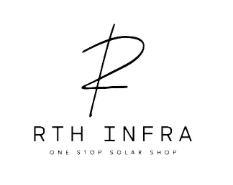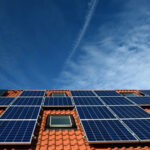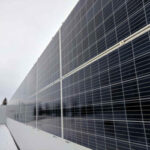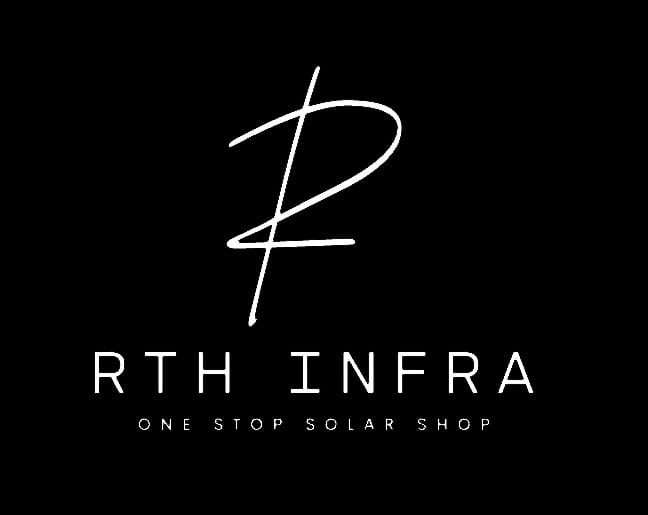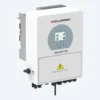Understanding Your Energy Needs
Accurately assessing your energy needs is crucial before installing a solar photovoltaic (PV) system. This initial step allows homeowners and businesses to make informed decisions that align with their long-term energy goals while ensuring that the installed system can meet daily demands. One common mistake is underestimating energy consumption, which often occurs when individuals rely solely on historical usage patterns without factoring in potential changes. For instance, adding new appliances or expanding living space can significantly alter energy requirements.
It is essential to conduct a thorough energy audit to understand your current energy usage fully. Begin by reviewing your past utility bills to gauge your average monthly consumption. This information will provide a solid foundation for predicting future needs. However, it is also important to consider factors such as seasonal variations, potential efficiency upgrades, and lifestyle changes that may impact your energy consumption.
Additionally, many homeowners fail to account for future changes in energy consumption. For example, if you anticipate purchasing an electric vehicle or installing a home automation system, you must factor these additions into your energy requirements. Neglecting to do so can lead to selecting a solar PV system with insufficient capacity, resulting in a shortfall in energy production and increased reliance on the grid.
To properly evaluate your energy usage, consult with solar energy professionals who can assist in conducting a comprehensive assessment. They may recommend software tools or provide customized solutions tailored to your specific energy landscape. By taking the time to understand and accurately assess your energy needs, you will not only avoid common pitfalls but also pave the way for a more effective and efficient solar PV system installation.
Choosing the Right Equipment
When installing a solar PV system, selecting the appropriate equipment is crucial for achieving optimal performance and efficiency. One of the most prevalent mistakes homeowners make is prioritizing cost over efficiency. While budget constraints are a significant factor, investing in higher-quality solar panels and inverters can yield better energy output in the long run. Efficiency ratings of solar panels, often measured in percentage, indicate how well the solar cells convert sunlight into electricity. Therefore, opting for panels with higher efficiency ratings can greatly enhance system performance, particularly in areas with limited roof space.
Another common oversight involves neglecting to check product warranties. A durable solar PV system requires components that come with substantial warranties, typically ranging from 10 to 25 years. High-quality equipment often includes extended warranties that safeguard against defects and performance issues. Shorter warranties may signal lower reliability and could result in increased maintenance costs down the road. It is essential to thoroughly review warranty terms and ensure that they meet industry standards, as well as correspond with the expected lifespan of the equipment.
Additionally, compatibility between different components of the solar PV system should not be overlooked. Mismatched equipment, such as pairing incompatible panels with inverters, can lead to reduced efficiency and potentially void warranties. It is advisable to consult with a professional or conduct thorough research on compatible brands and models. By ensuring that all components are designed to work together harmoniously, homeowners can avoid installation issues and ensure a smoothly operating system.
In conclusion, careful consideration of equipment selection is vital to the successful installation of a solar PV system. By focusing on efficiency, warranties, and compatibility, individuals can minimize mistakes and enhance the longevity and performance of their solar energy systems.
Neglecting the Installation Process
One of the critical mistakes homeowners make when installing a solar photovoltaic (PV) system is neglecting the installation process itself. While the allure of solar energy is strong, the intricacies involved in setting up a solar PV system are best handled by qualified professionals. Attempting a do-it-yourself (DIY) installation may seem cost-effective, but this approach often leads to subpar performance, potential safety hazards, and operational issues. Understanding the technicalities of solar installations, such as wiring, electrical connections, and system integration requires specialized knowledge.
Moreover, failing to comply with local regulations and obtaining the necessary permits can complicate the installation process significantly. Each municipality has specific codes and requirements that govern solar installations, and overlooking these guidelines can result in fines and delays. Engaging experienced professionals ensures that all regulatory standards are met, streamlining the installation and preventing unnecessary complications that might arise from non-compliance.
Professional installers bring a wealth of expertise to the table, encompassing not only installation but also a comprehensive understanding of the system design, orientation, and placement. Their knowledge allows for optimal performance of solar systems, maximizing energy efficiency and long-term savings. Additionally, proper installation significantly reduces the likelihood of future maintenance issues, which can lead to costly repairs down the line.
Thus, to achieve a successful transition to solar energy, it is crucial to recognize the importance of expert involvement during the installation process. Investing in qualified professionals pays dividends by ensuring that the solar PV system operates safely and efficiently, thus enhancing the overall experience of switching to renewable energy. It is essential to address all aspects of the installation thoughtfully and meticulously to avoid pitfalls that may hinder the advantages of utilizing solar energy.
Ignoring Maintenance and Monitoring
When installing a solar PV system, many users often overlook the importance of ongoing maintenance and monitoring. This oversight can lead to significant reductions in system efficiency and, ultimately, a notable decline in energy production. Regular maintenance is crucial to ensure that the system operates at its peak potential. In addition, monitoring the performance of the solar panels allows owners to detect any issues early, preventing larger problems that can arise from neglect.
The consequences of ignoring routine checks can be severe. Dust, dirt, and debris can accumulate on solar panels, blocking sunlight and reducing their efficiency. This reduction can lead to substantial losses in energy generation, which might hinder the return on investment originally anticipated. In some cases, if issues such as loose connections or electrical faults are not identified promptly, they can lead to system failures or even safety hazards.
Establishing a regular maintenance schedule is essential in mitigating these risks. It is advisable to have a qualified professional conduct thorough inspections at least once or twice a year. Additionally, solar panel owners should also consider performing routine visual inspections themselves, looking for any signs of wear or damage, and ensuring that the panels are free from obstructions.
Utilizing performance monitoring tools can significantly enhance maintenance efforts. Many modern solar PV systems come with monitoring software that tracks energy production in real-time, allowing users to identify performance dips quickly. This information can be invaluable in taking prompt action. By integrating both maintenance checks and effective monitoring strategies, solar PV system owners can ensure that their investment continues to yield optimal performance over the years.
